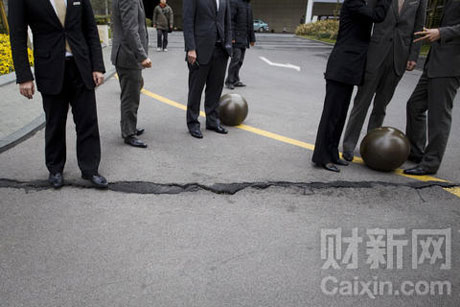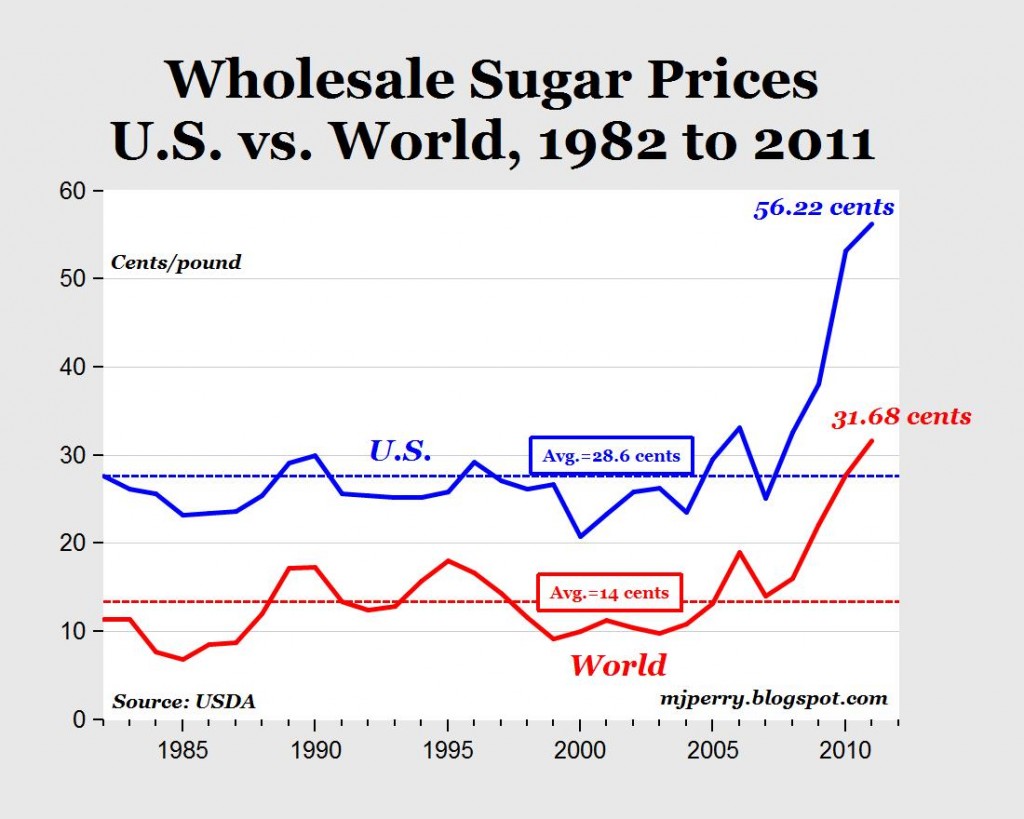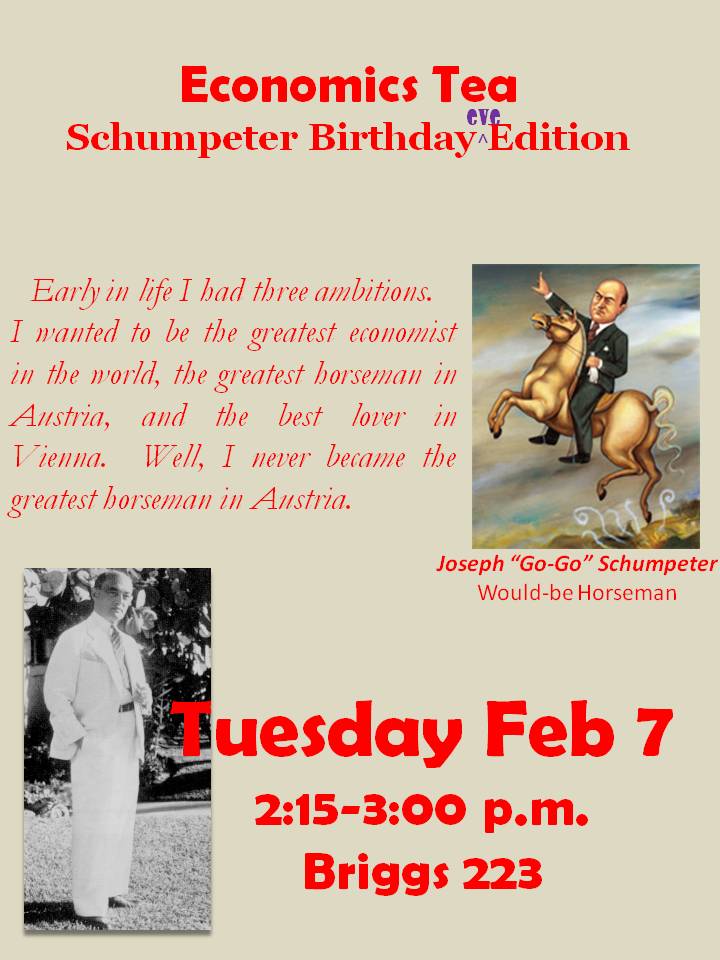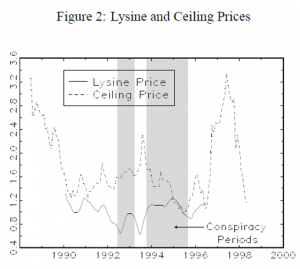Here you go, no waiting. Most of these courses have space. Professor Finkler’s urban economics class is speaking intensive. Most of the other courses are thinking intensive. Econ 391 requires a signature of the instructor.
See you on Briggs 2nd.
ECON 120 ● INTRODUCTION TO MACROECONOMICS 9:50-11:00 MTWF 9:50-11:00 Ms. Karagyozova
ECON 170 ● FINANCIAL ACCOUNTING 2:30-4:20 TR BRIG 422 ● Mr. Vaughan
ECON 225 ● GAME THEORY AND APPLICATIONS ● 11:10-12:20 MWF BRIG 223 ● Mr. Galambos
ECON 250 ● URBAN ECONOMICS (S) ● 3:10-04:20 MWF BRIG 223 ● Mr. Finkler
ECON 280 ● ENVIRONMENTAL ECONOMICS ● 9:00-10:50 TR BRIG 225 ● Mr. Gerard
ECON 300 ● MICROECONOMIC THEORY ● 1:50-3:00 MWRF BRIG 223 8:30-09:40 ● Mr. Galambos
ECON 320 ● MACROECONOMIC THEORY ● 9:50-11:00 MTWF 09:50-11:00 Mr. Finkler
ECON 391 ● KEYNES HAYEK BATTLE OF THE CENTURY AND OTHER DEAD ECONOMISTS ● TBA 3:30 R
● Mr. Galambos, Mr. Gerard
ECON 421 ● INVESTMENTS ● 12:30-1:40 MWF BRIG 217 ● Ms. Karagyozova
ECON 450 ● ECONOMICS OF THE FIRM ● 12:30-2:20 TR BRIG 223 ● Mr. Gerard
Click here for the full schedule.






